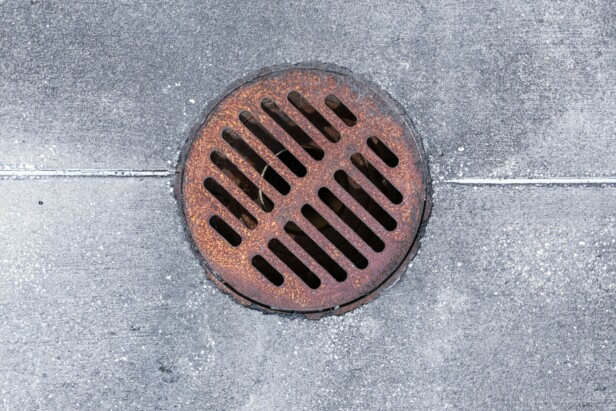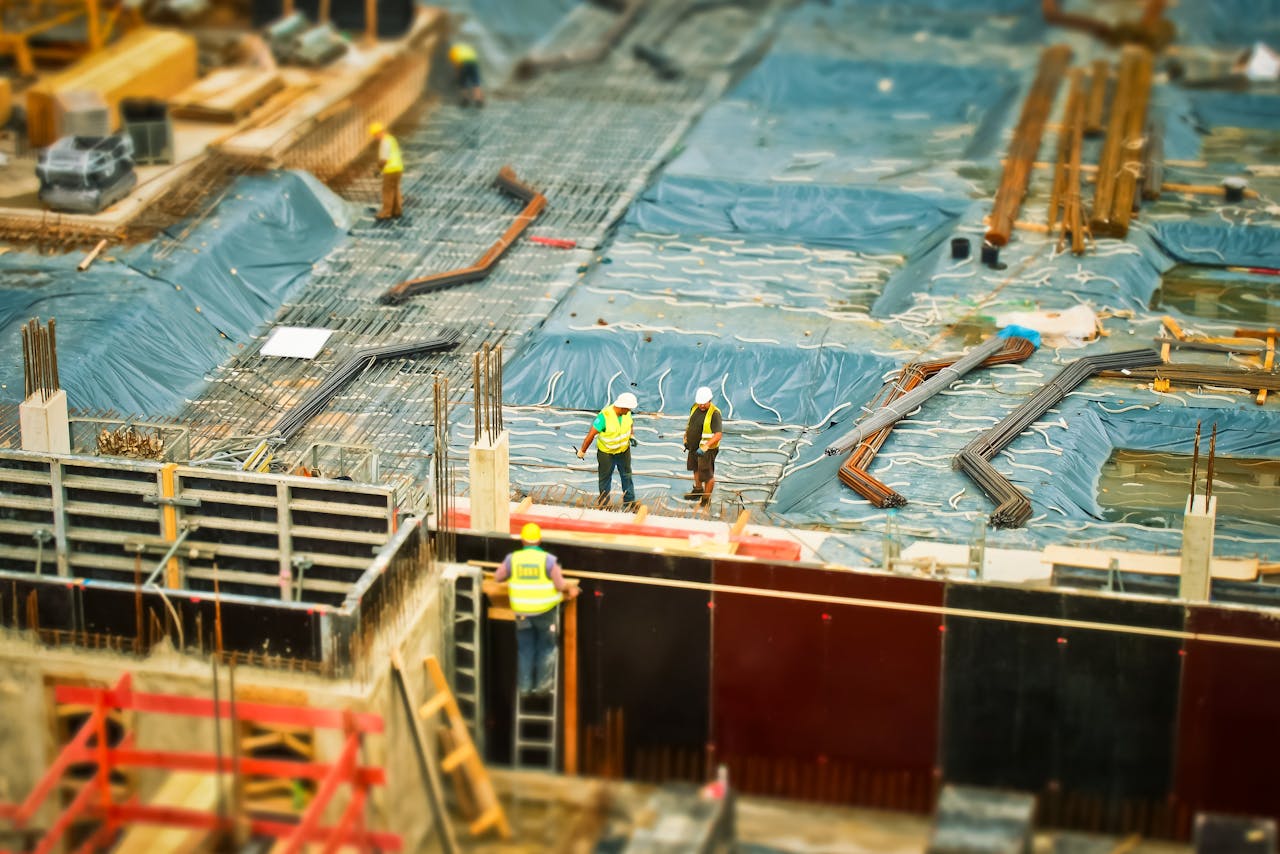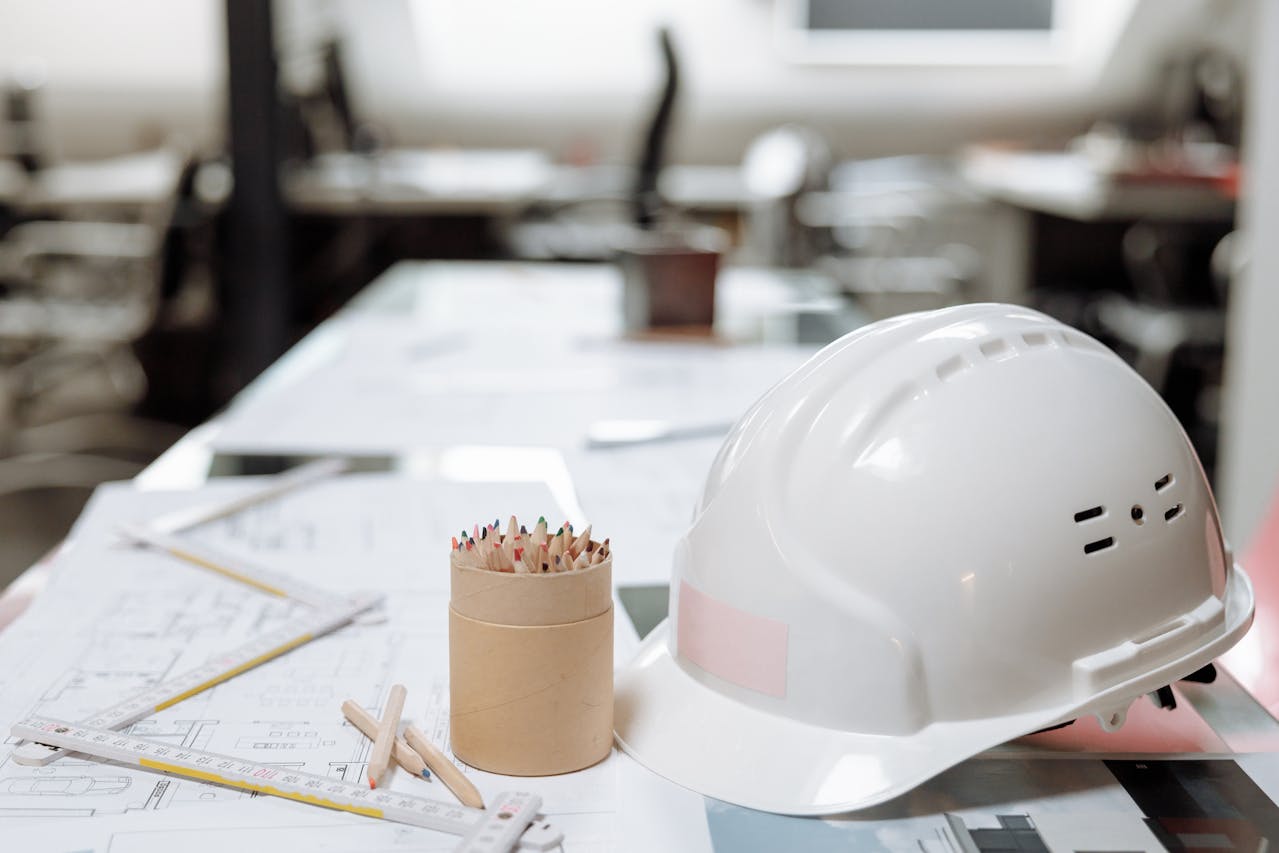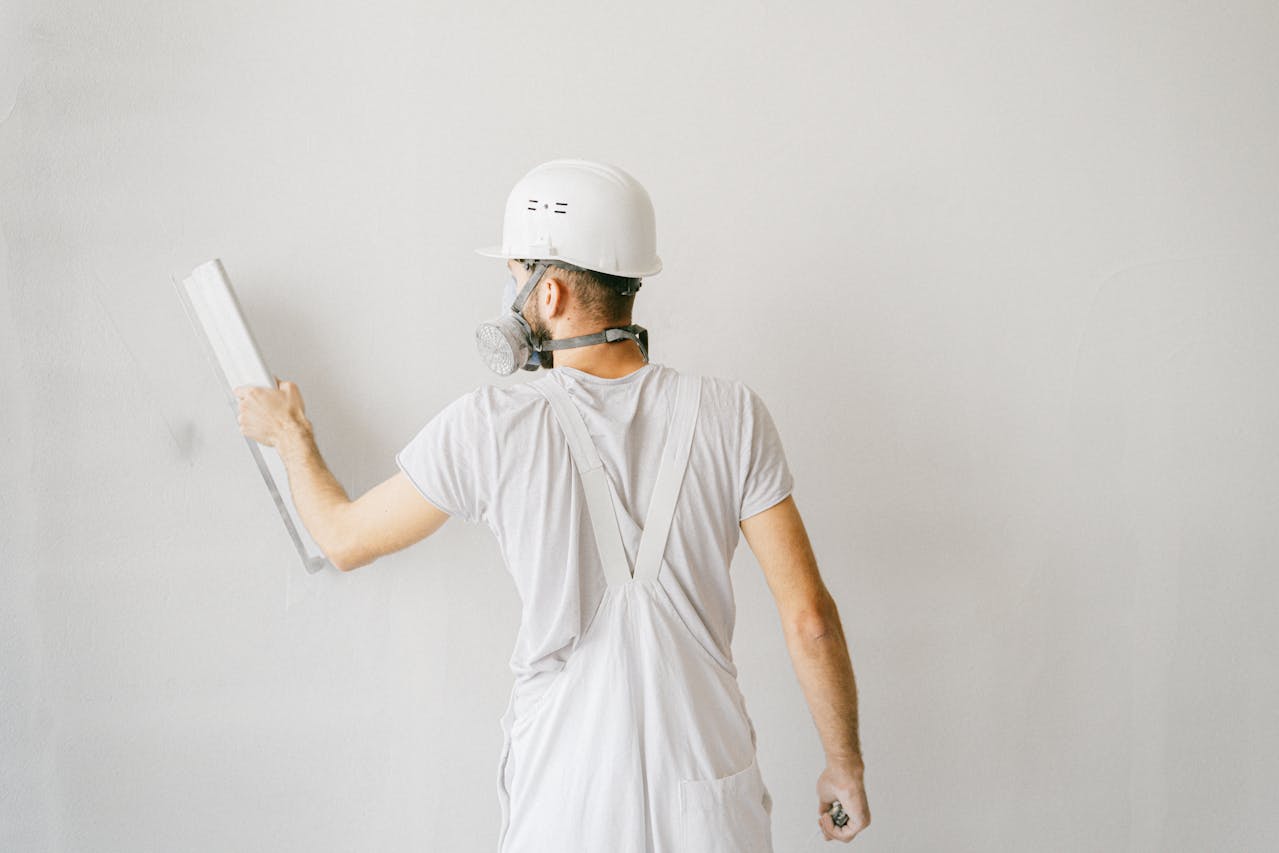Auto repair shop floor drains in Austin must discharge to the sanitary sewer system only after proper pre-treatment removes contaminants. This fundamental rule protects the city’s wastewater treatment infrastructure and prevents environmental contamination.
The Austin system combines the City’s Plumbing Code requirements with Chapter 15-10 Wastewater Regulations to create comprehensive drainage standards for automotive facilities. Austin Water Utility maintains authority over all interceptor and separator installations, requiring formal approval for the size, type, and location of each pre-treatment system before construction begins.
Do Shop Floor Drains Need Oil, Sand, Or Other Interceptors?

The simple rule: match the interceptor to the waste type. Austin’s wastewater regulations require specific pre-treatment for different contaminants that enter shop floor drains.
Petroleum, oil, and flammable waste must go through an interceptor, hold-haul tank, or other pre-treatment system before entering the sanitary sewer. City Wastewater Regulations require these installations to remain accessible for maintenance and properly vented to atmosphere. Operations that generate petroleum-based discharges cannot bypass this requirement.
Heavier-than-water solids like grit and sand trigger different interceptor requirements. Where floor drains carry these materials, a sand interceptor becomes mandatory. Multiple floor drains may connect to a single sand interceptor, but Austin Water Utility can require additional pre-treatment if the combined effluent fails to meet City standards.
We coordinate interceptor installations based on the specific waste streams each facility generates. Mixed operations often need both oil and sand interceptors in sequence to address multiple contaminant types. The City differentiates between FOG (fats, oils, and grease) from food service and petroleum waste from automotive operations, with each requiring tailored treatment approaches.
AWU approval drives the entire process. Austin Water Utility must review and approve the size, design, type, and location of every interceptor and separator. When pre-treatment becomes necessary, the design must follow AWU standards rather than generic manufacturer specifications.
Interceptor sizing depends on flow rates, waste characteristics, and retention time requirements. We work with AWU’s Industrial Waste division early in design to ensure the proposed system meets both capacity and effluent quality standards. Undersized interceptors fail inspections and create compliance issues that delay occupancy permits.
Where May Auto Repair Floor Drains Discharge In Austin?
Austin’s wastewater regulations establish clear discharge paths for auto shop floor drains, with strict prohibitions designed to protect both the municipal sewer system and local waterways. Understanding these requirements prevents violations that can result in fines and service disruptions.
Approved Discharge Options
Floor drains from auto repair operations may discharge to the sanitary sewer system only after proper pre-treatment. We route shop wastewater through required interceptors and separators before it enters the Publicly Owned Treatment Works. This pre-treatment removes petroleum products, sediments, and other contaminants that could damage municipal infrastructure or interfere with treatment processes.
For nonhazardous wastewater discharges, written permission from the local POTW is required before connecting to the sanitary sewer. This permission ensures the treatment facility can handle the anticipated discharge volume and characteristics. We coordinate with Austin Water’s industrial waste program early in the design process to secure this approval.
Prohibited Discharge Locations
Storm drainage systems are strictly off-limits for auto shop floor drains. These systems handle only clean stormwater from roofs, courtyards, and other non-contaminated surfaces. Storm drains connect directly to local waterways without treatment, making contamination from shop operations a serious environmental violation.
On-site septic systems cannot receive shop process wastewater from floor drains. Septic systems are designed exclusively for domestic wastewater from restrooms, break rooms, and similar non-industrial sources. The oils, solvents, and other automotive fluids will disrupt septic treatment processes and potentially contaminate groundwater.
State Waters And Permit Requirements
Discharging shop wastewater into or near state waters requires a TCEQ industrial discharge permit. State waters include lakes, rivers, streams, ditches, and storm drains that eventually reach these water bodies. The permit process involves detailed application requirements, monitoring protocols, and ongoing compliance reporting.
We evaluate discharge alternatives early in project planning because obtaining state water discharge permits involves significant time, cost, and technical requirements. Most auto repair operations find sanitary sewer discharge with proper pre-treatment to be the most practical compliance path.
Spill Management Requirements
All spills must be controlled, contained, cleaned up, and reported according to TCEQ requirements. Used oil spills of 25 gallons or more trigger mandatory reporting to TCEQ within specified timeframes. We maintain spill response equipment and procedures to address both minor drips and larger releases.
Proper spill management protects the facility from liability while ensuring regulatory compliance. Regular training and readily available cleanup materials help prevent small incidents from becoming reportable spills that require extensive documentation and potential enforcement action.
How Should Floor And Trench Drains Be Designed, Trapped, Vented, And Tested?
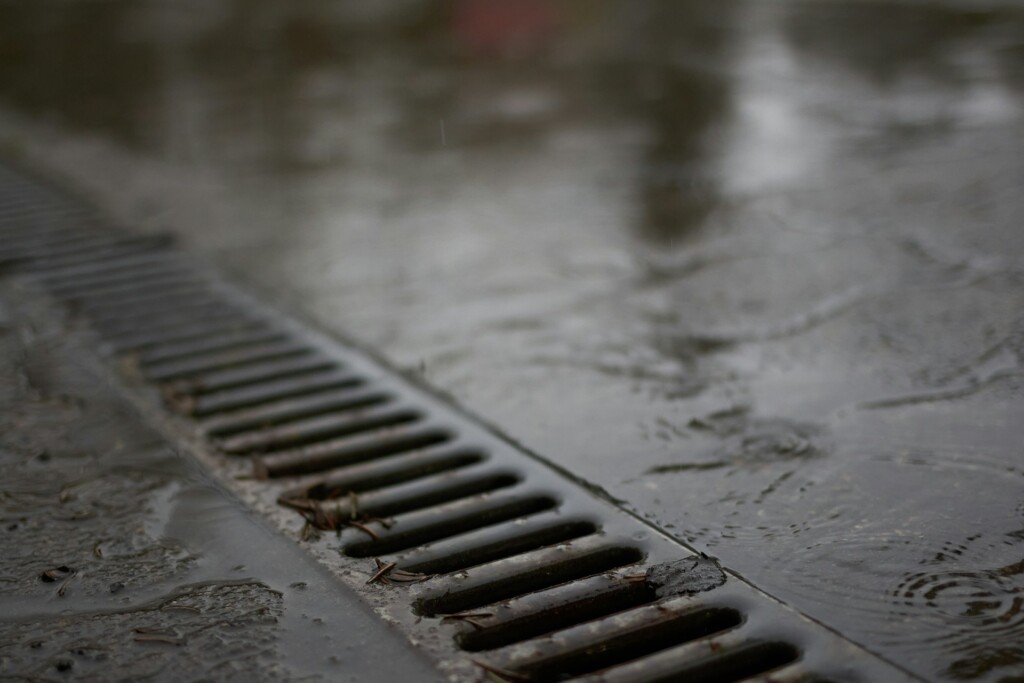
Trap Seal Protection Requirements
Floor drains in auto repair shops face irregular use patterns that can compromise trap seals. We protect these drains with trap seal primers that maintain the water barrier preventing sewer gas infiltration. The system works by automatically introducing water into the trap when other fixtures in the building discharge, keeping the seal intact during dry periods.
Gravity-fed trap seal primers offer the most reliable protection where feasible. These systems connect to overhead water supplies and activate through pressure fluctuations in the drainage system. We position primers for easy access during maintenance, avoiding concealed locations that complicate servicing and code compliance verification.
Trench Drain Installation And Testing
Pre-manufactured trench drains require water testing before concrete placement to verify structural integrity and watertightness. We plug all drain outlets and fill the channel to overflow, maintaining this test load while inspecting for leaks or deflection. Any failure requires replacement before concrete work proceeds.
The test verifies that drain channels can handle design loads without compromising the surrounding slab. We document test results and ensure the system passes inspection before covering with concrete. This sequence prevents costly repairs after slab completion and ensures proper drainage function throughout the facility’s operation.
Individual Venting And Trap Configuration
Each floor drain requires individual trapping and venting per plumbing code requirements. We install P-traps with proper fall and connect individual vent lines that remain vertical until clearing the flood-level rim by at least 6 inches. Only after achieving this clearance can vent lines turn horizontal toward the main vent stack.
Individual venting prevents cross-contamination between drains and maintains trap seal integrity during heavy discharge events. We size vent lines according to drain capacity and coordinate with the overall drainage system design to prevent air pressure imbalances that could compromise multiple trap seals.
Cleanout Access And Positioning
Cleanouts at 90-degree direction changes provide essential access for maintenance and blockage removal. We position these fittings where tools can reach effectively, maintaining required clearances for cleaning operations. Cleanouts remain accessible throughout the building’s life cycle, never buried under equipment or within walls.
Strategic cleanout placement considers both code compliance and practical maintenance needs. We coordinate cleanout locations with facility layout plans, ensuring maintenance crews can service the system without disrupting shop operations or requiring equipment relocation.
Backwater Valve And Elevation Management
Where building drains pass through backwater valves, we provide downstream venting to the roof to prevent pressure buildup during valve closure. This configuration allows the system to breathe while protecting against sewage backflow during main sewer surcharge events.
Fixtures positioned below the sewer crown elevation require protected discharge through sealed sump ejector systems. We size these systems for anticipated flow loads and install backwater valves on discharge piping to prevent contamination during main line problems. The sealed sump design prevents odor transmission while maintaining pumping capacity for shop drainage needs.
What Submittals And Inspections Are Required Before Installing Shop Floor Drains?
Austin’s plan review process requires specific documentation and testing protocols before we can proceed with shop floor drain installation. We coordinate these submittals early in the project timeline to avoid delays during construction phases.
The City of Austin Plumbing Plan Review checklist establishes clear requirements for industrial waste coordination. We provide an Industrial Waste Trap Sizing Verification Letter from Austin Water Utility’s Industrial Waste Division for all interceptor installations. Exterior interceptors must appear on the utility site plan, though a site plan exemption may be available for certain configurations.
DWV system documentation forms a critical component of the submittal package. We submit comprehensive drain/waste/vent riser diagrams that show all slopes, cleanout locations, and pipe routing. The building sewer entry point requires coordination with civil engineering plans to ensure proper connection details and elevation matching.
Pre-construction testing protocols apply to specific drain types and installation phases. Trench drains require in-place water testing before concrete placement, where we plug all openings and fill to overflow levels to verify watertightness. This test prevents costly remediation after slab pours.
Building sewer testing occurs at connection points using water, air, or vacuum methods per code specifications. We schedule these tests with City inspectors to verify joint integrity and system watertightness before backfilling or covering work.
Austin Water Utility approval represents a mandatory step for interceptor installations. AWU reviews and approves the size, design, type, and location of each interceptor or separator. Additional pre-treatment may be required if effluent quality standards are not met through initial interceptor sizing.
POTW permission completes the approval process for nonhazardous wastewater discharges. We obtain written permission from the local publicly owned treatment works before connecting shop floor drains to the sanitary sewer system, even after interceptor installation.
Conclusion And Next Steps
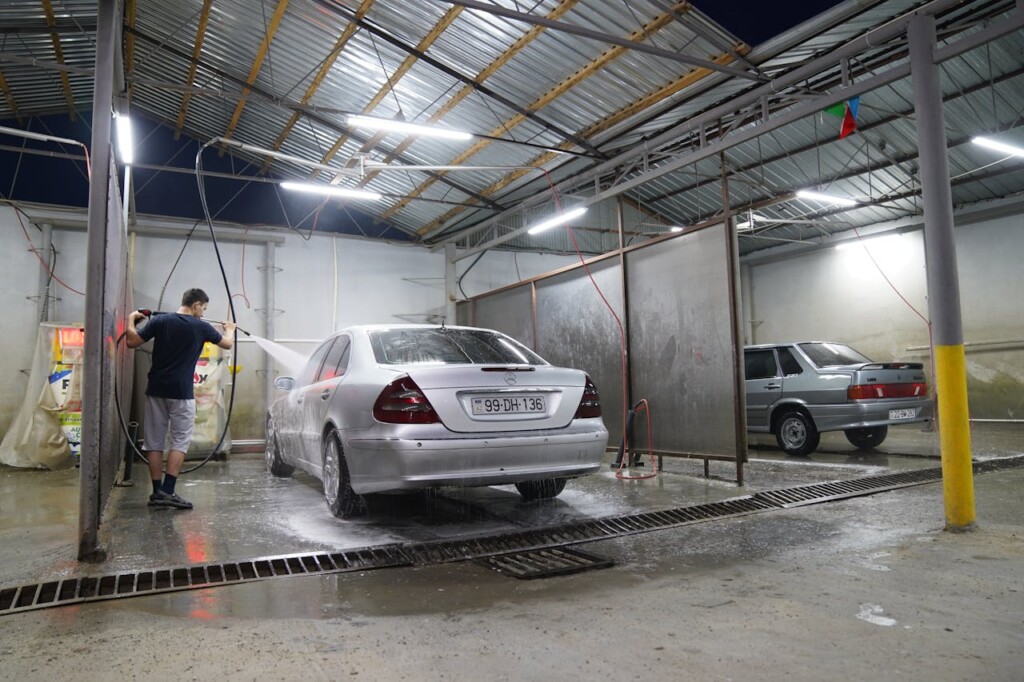
Successful auto repair shop floor drain installations in Austin depend on following both the City’s plumbing requirements and wastewater discharge regulations. We coordinate pre-treatment systems to match the specific contaminants generated during repair operations. Oil and sand interceptors provide the necessary treatment before shop wastewater reaches the sanitary sewer system.
Early coordination with Austin Water Utility streamlines the approval process and prevents project delays. We submit the Industrial Waste Trap Sizing Verification Letter during plan review and ensure interceptor specifications meet AWU standards. Written POTW permission secures legal discharge pathways for treated shop wastewater. Regular hazardous waste determinations for floor wash water and sump residues keep operations compliant with TCEQ requirements. Documentation of testing results, maintenance schedules, and permit renewals creates the compliance record that regulators expect during inspections.
Need expert guidance on your auto repair facility’s floor drain compliance? Contact EB3 Construction for professional construction management that navigates Austin’s complex drainage requirements.

